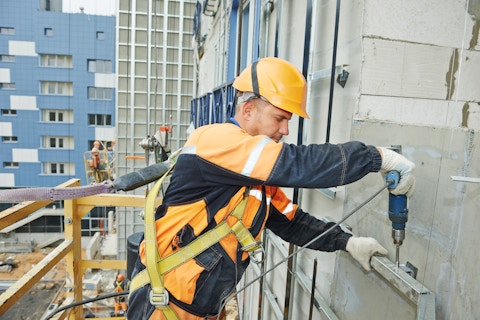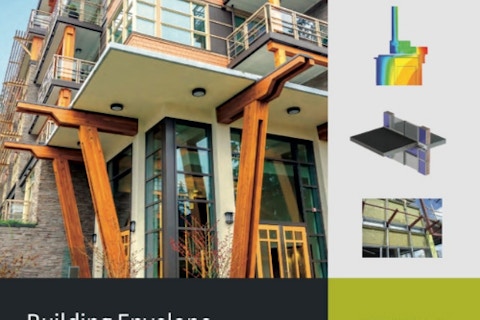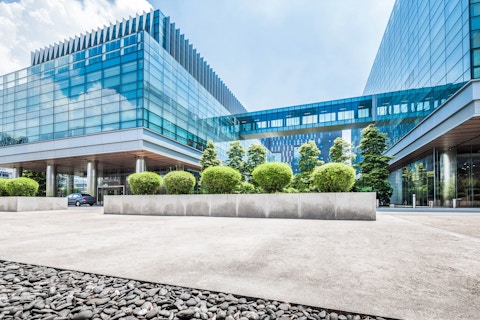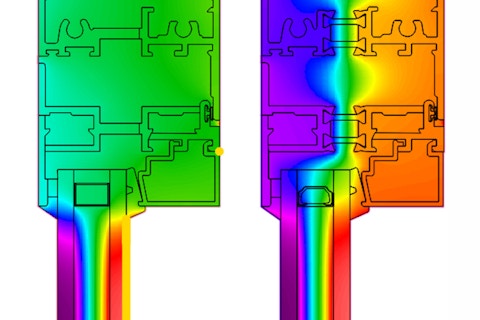
building HEALTHY building(s)
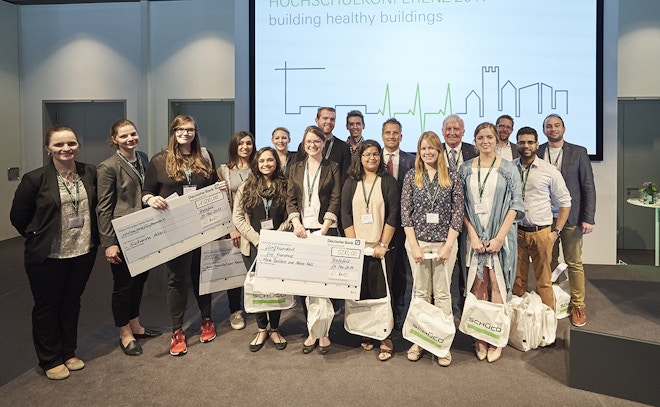
Healthy buildings were explored in a recent conference in Germany. Hosted by Schüco International, participants from 18 universities, representatives from research institutes, and political and business leaders shared a spirited 2-day exchange of ideas on various aspects of implementing healthier buildings. PhilaU students walked away with 3rd place in a related international competition.
2017 University Conference
building healthy buildings
Bielefeld, Germany
23-24 May 2017
Schüco International hosted a two-day conference to explore healthy buildings and building processes. Over 220 participants from 29 countries convened in Bielefeld Germany to present and exchange ideas about healthy buildings and to discuss the need for the building industry to fully embrace this topic. The attendees included a dynamic mix of students and professors from 18 universities, architects and representatives from various research institutes, and leaders from the worlds of politics and business.
<p>The conference asked the following questions:</p>
- How can we increase the quality of life in and around buildings?
- What might be the appearance of processes and work equipment which equally consider the health and health-related quality of life of everyone involved in the building design and construction?
Different perspectives on the challenges as well as the opportunities surrounding the topics of healthy buildings and healthy building processes were presented and discussed at the university conference over the course of two days. Event organizer Professor Winfried Heusler (OWL University of Applied Sciences, Detmold/Schüco International KG) elaborated on the dialogue, "It’s primarily about the area of conflict between the socio-cultural requirements and technical possibilities."
The first day of the conference was themed Healthy Buildings from the Inside Out, and included presentations on topics such as indoor comfort, comfort and urban habitat, greenery for facades and roofs, sustainability and health. The second day of the event concerned healthy planning and building processes. Dialogue converged around the position that it is not enough to optimize construction in terms of quality, time and costs; priority must be given to minimizing impacts on people that support the building process, ranging from material extraction and processing through fabrication and, ultimately, installation cycles. The 2-day conversation offered interesting perspectives and insights, and produced a number of ideas for further inquiry.
<p>Philadelphia University Architecture Alumni Earn Third Place in International Competition</p>
A competition was held in conjunction with the conference. The competition solicited entries addressing one of three topical areas:
- the healthy building process along the entire value chain;
- healthy buildings that promote health and well-being for occupants and urban habitat;
- and healthcare buildings that restore and maintain human health.
Five of the top ten teams in the competition were from Philadelphia University. Among a pool of more than 30 student designs from around the world, two recent Philadelphia University graduates earned third place: architecture alumni Abbie Gall ’17 and Mina Bellare ’17 won for their project Rethinking the Infusion Center. In their concept, they sought to improve the patient experience in oncology suite infusion bays.
Gall and Bellare, who took part in an architecture design studio with Thomas Jefferson University medical students, designed to create an improved environment that would accommodate the needs of both nurses and patients, while optimizing patient’s choice and control in their environment. The design is based on a triangulated geometry that can be assembled to form the partition wall between infusion bays. The unit allows adaptability in creating a variety of “neighborhood” options. The wall unit accommodates the integration of kinetic fans that open and close based on occupancy of the space within. The modular structure provides options for the graphic placement of screens or fabric panels along the ceiling incorporating lighting.
Four other PhilaU teams made the competition finals: architecture student Raidy Alvarez and sustainable design students Yugandhara Chaudhari and Chit Snow Thyn; architecture student Brittany Ewing and sustainable design student Janhavi Pathak; architecture student Ryan Schaefer; and architecture student Taylor Woods. All of the PhilaU finalists received a fully paid trip Germany to attend the conference.
“What an amazing experience for the students to attend this conference and see the European perspective on this very important current topic in our profession,” commented Professor James Doerfler, director of PhilaU’s architecture programs and the Cheryl Smith, AIA Chair for Architecture. “Courses in facade design for healthy buildings highlight our commitment to develop opportunities for students to participate at the highest levels internationally and be part of the leading edge in research in the built environment.”
Andreas Engelhardt, Schüco CEO and Managing Partner, closed out the event by expressing Schüco's commitment to the building arts, sciences and technology: "It is important for our whole industry to rise to the challenges, and it is the task of Schüco to push for innovative solutions. The event shows that we are already on the right track."
Looking for something specific?
Search our extensive library.
FTI’s SKINS email is the central source for the latest in building skin trends and research.
All emails include an unsubscribe link. You may opt out at any time. See our privacy policy.


